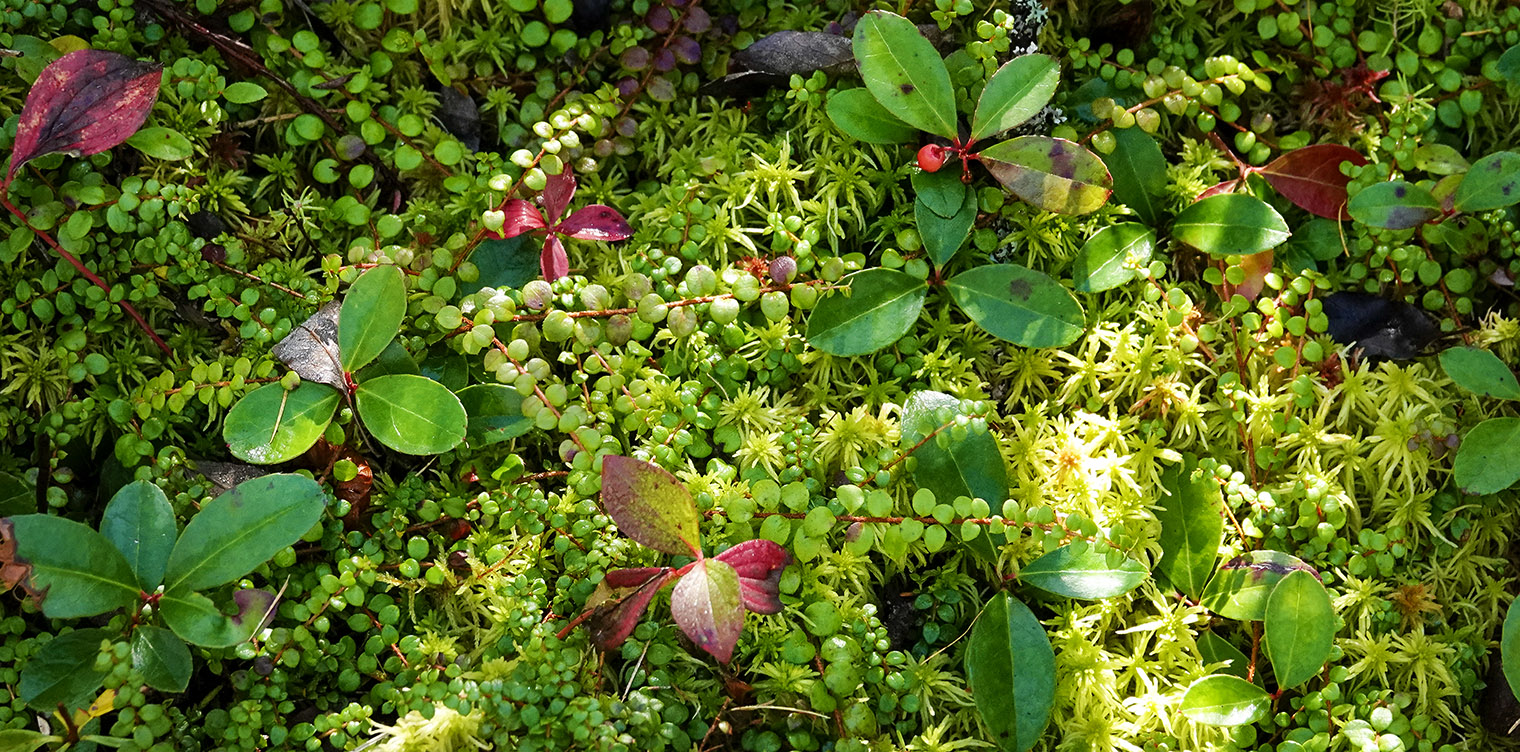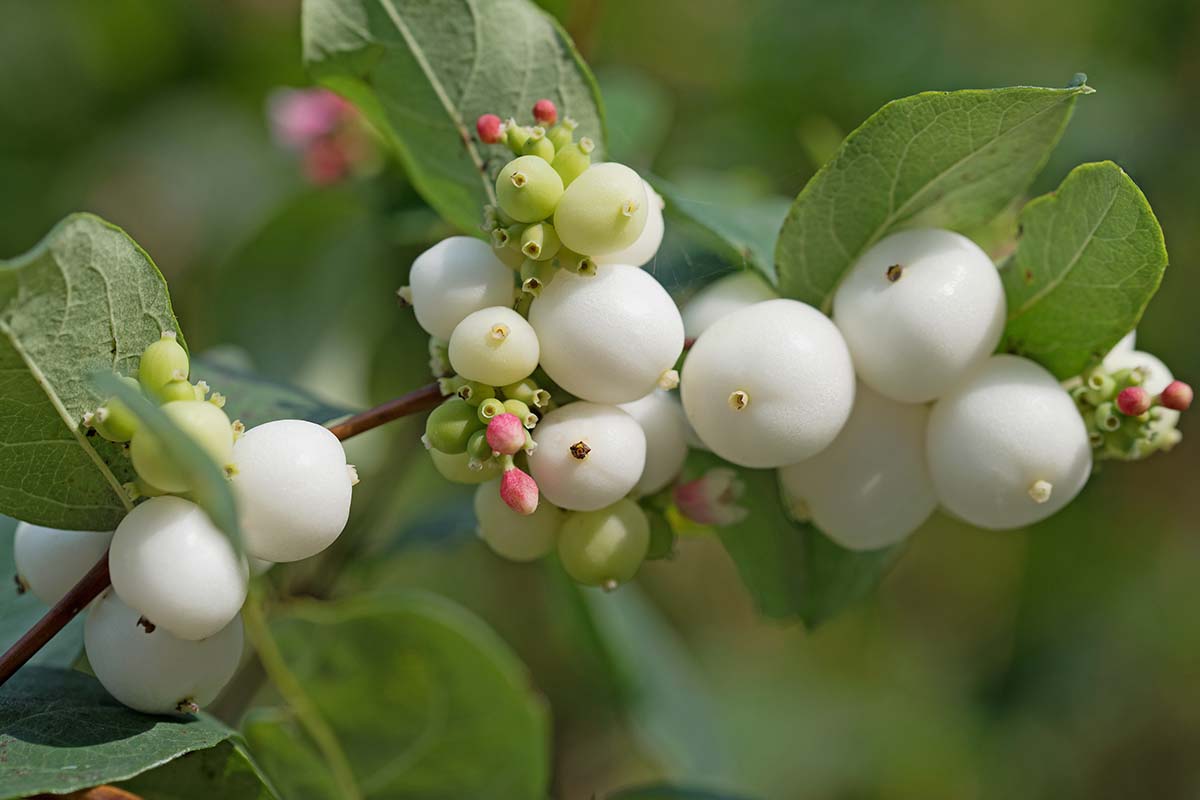The Common Snowberry: A Sweet And Hardy Shrub For Your Garden
The common snowberry (Symphoricarpos albus) is a beautiful and versatile shrub that is native to North America. It is known for its white berries, which can be seen in the winter when other plants have lost their leaves. Snowberries are also relatively easy to care for, making them a good choice for even novice gardeners.
In this blog post, we will discuss the common snowberry in more detail. We will cover its history, appearance, growing conditions, and uses. We will also provide some tips on how to care for snowberries in your own garden.
History
The common snowberry has been used by Native Americans for centuries. The berries were eaten fresh or dried, and the roots were used to make tea. The tea was said to be helpful for treating stomach problems, fevers, and other ailments.
The first Europeans to encounter snowberries were the colonists who arrived in North America in the 1600s. They quickly realized the value of the plant and began to cultivate it in their gardens. Snowberries soon became popular ornamental shrubs, and they are still widely planted today.
Appearance
The common snowberry is a deciduous shrub that grows 3 to 6 feet tall. It has thin, arching branches that are covered with small, oval leaves. The leaves are green in the summer and turn yellow or orange in the fall.
The snowberry's most distinctive feature is its white berries. The berries are produced in clusters and ripen in the fall. They remain on the plant throughout the winter, providing a splash of color in the cold months.
Growing Conditions
Snowberries are relatively easy to grow. They prefer full sun or partial shade and well-drained soil. They are tolerant of a wide range of soil conditions, but they do not like wet feet. Snowberries are also drought-tolerant once they are established.
Snowberries are relatively pest- and disease-free. However, they can be susceptible to powdery mildew in humid climates. If your snowberry develops powdery mildew, you can treat it with a fungicide.
Uses
Snowberries are primarily grown as ornamental shrubs. They are often used in hedges or borders, and they can also be planted as individual specimens. Snowberries are also attractive in bouquets and arrangements.
The berries of the common snowberry are edible, but they are not very flavorful. They can be eaten fresh or cooked, but they are most often used in jellies, jams, and pies. The berries are also a good source of vitamin C.
The roots of the common snowberry can be used to make tea. The tea is said to be helpful for treating stomach problems, fevers, and other ailments. However, it is important to note that there is no scientific evidence to support these claims.
Care Tips
Snowberries are relatively easy to care for. Here are a few tips to help you keep your snowberries healthy:
- Plant snowberries in full sun or partial shade.
- Water snowberries regularly, especially during the first year after planting.
- Fertilize snowberries in the spring with a balanced fertilizer.
- Prune snowberries in the spring to remove dead or damaged branches.
- Protect snowberries from powdery mildew with a fungicide if necessary.
Conclusion
The common snowberry is a beautiful and versatile shrub that is perfect for any garden. It is easy to care for and provides interest throughout the year. If you are looking for a new addition to your garden, the common snowberry is a great choice.
Common snowberry (Symphoricarpos albus) is a deciduous shrub that is native to North America. It is known for its white berries, which persist on the branches throughout the winter. Snowberry is a popular ornamental plant, and it is also used for erosion control and wildlife habitat.
If you are interested in learning more about common snowberry, I recommend visiting Garden Wiki. This website has a wealth of information about the plant, including its history, taxonomy, ecology, and medicinal uses. You can also find tips on how to grow and care for snowberry in your own garden.
FAQ of common snowberry
Question 1: What are the uses of common snowberry?
Answer: Common snowberry (Symphoricarpos albus) is a shrub native to North America. It is known for its white berries, which are edible but have a bland taste. The berries can be used to make jam, jelly, or wine. The leaves and stems of common snowberry can also be used to make tea, which is said to have medicinal properties.
Question 2: How long does it take for common snowberry to grow?
Answer: An individual plant of common snowberry can reach its mature size (height) in 2 or 3 years. However, it may take up to 5 years for the plant to produce its first berries.
Question 3: What are the common pests and diseases of common snowberry?
Answer: The most common pests of common snowberry are aphids, scale insects, and spider mites. These pests can suck the sap from the leaves and stems of the plant, causing them to wilt and die. Common diseases of common snowberry include powdery mildew, rust, and leaf spot. These diseases can cause unsightly spots on the leaves and stems of the plant, and can eventually kill the plant if left untreated.
Question 4: How do I care for common snowberry?
Answer: Common snowberry is a relatively low-maintenance plant. It prefers full sun or partial shade, and well-drained soil. It is drought-tolerant, but will benefit from regular watering during hot, dry weather. Common snowberry does not need to be fertilized often, but a light application of fertilizer in the spring can help to promote new growth.
Question 5: How do I propagate common snowberry?
Answer: Common snowberry can be propagated by seed, cuttings, or layering. Seed propagation is the most difficult method, but it can be successful if the seeds are fresh and are planted in well-drained soil. Cutting propagation is the most common method, and it is relatively easy to do. Simply take a 6- to 8-inch cutting from a healthy plant in the spring or summer, and plant it in well-drained soil. Layering is another easy way to propagate common snowberry. Simply bend a branch down to the ground, and cover the end of the branch with soil. The branch will eventually root, and the new plant can be separated from the parent plant in the spring.
Image of common snowberry
5 different images of common snowberry from Pinterest:
- Clusters of white flowers with a star-shaped appearance.
- Small, round, white berries that ripen in the fall.
- A leafy green shrub with long, slender branches.

- A close-up of the berries showing their white color and translucent skin.

- A snowberry plant in full bloom, with its white flowers covering the branches.
Post a Comment for "The Common Snowberry: A Sweet And Hardy Shrub For Your Garden"